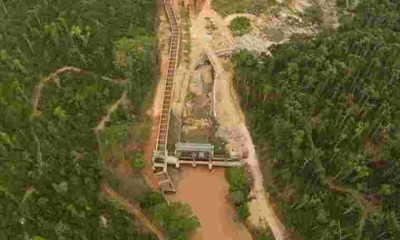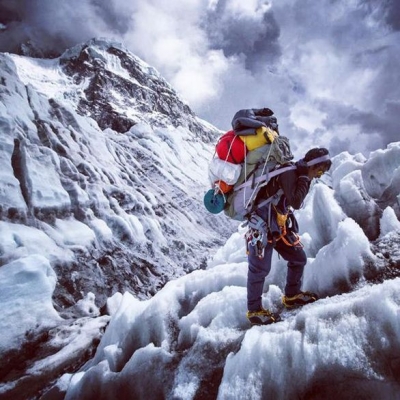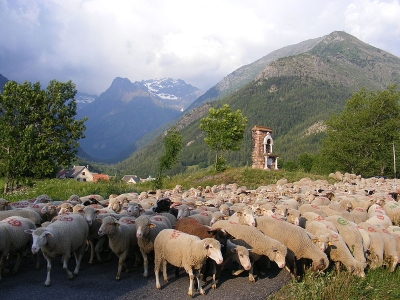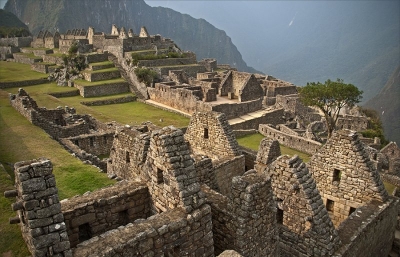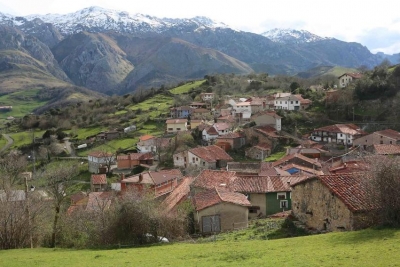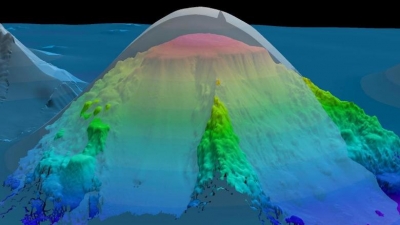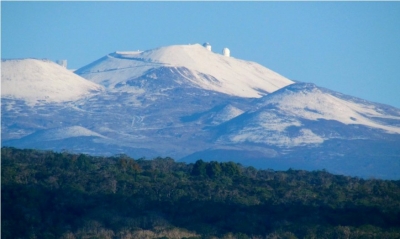Are global warming and war serious threats for mountains?
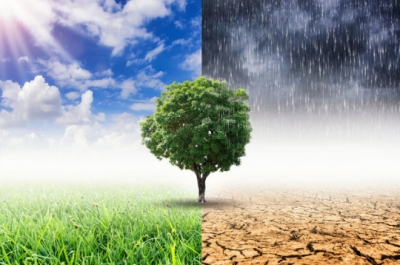
Due to global warming glaciers are melting at an alarming rate all around the world. Glaciers are now losing 31 per cent more snow and ice per year than they did 15 years ago. This leads to greater ice melt runoff in the mountains. Many glacial lakes in the Himalayas are in danger of breaching their natural barriers and causing catastrophic floods, as we have already witnessed in Kedarnath in 2013 when a melting glacier and heavy rainfall led to thousands being washed away. Such events also lead to mass destruction of forest habitats.
Unfortunately there has also been an increase in civil wars in the past decades. When insurgents use mountains as a base for their operations, retaliation and crossfire may lead to heavy shelling and damage to the environment.
A United Nations report calculates that 67 per cent of Africa’s mountainous regions have been affected by violent human conflict. Additionally some highlands have become bases for narcotic production, which leads to armed conflicts and degradation of the environment.
Picture Credit : Google
